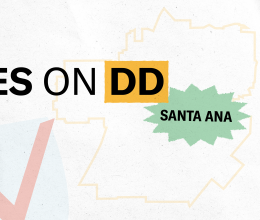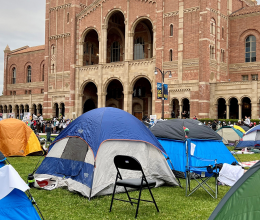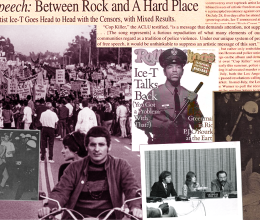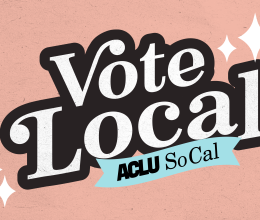By Shaleen Shanbhag
Book returned to Riverside middle school libraries
This week, the Riverside Unified School District Board of Education voted (3-2) to restore John Green's popular tween novel, The Fault in Our Stars ("TFIOS"), to its middle school libraries. The board's action overturns the decision of the district's book reconsideration committee, which voted to remove TFIOS from school libraries in September due to the book's realistic depiction of cancer and death.
We joined community members in urging the board at its Monday meeting to put TFIOS back on library shelves. John W. North High School junior Naeche Vincent asked the board why it would ban TFIOS when it depicts something very real.
"Since nobody is too young to get cancer, nobody is too young to read a book about it," Vincent said.
Fellow high school junior Maya Kotomori spoke about how TFIOS' author inspires bravery in adolescents through his story of two terminally ill teenagers who fall in love. "To limit what we read is to limit thought, and to limit thought is to never progress," she said.
Ann Camacho, an English teacher at John W. North High and the parent of an eighth grader who read TFIOS, told the board that reading fiction nurtures empathy and that the board would be doing "a disservice to extract a resource that might be the very bridge to connecting young people with young people who have also faced challenges."
The two school board members who voted to uphold the ban argued that the book was inappropriate for middle school students, citing recommendations by some rating agencies that indicate TFIOS is best suited for students in high school. The majority of board members, however, mentioned that they knew middle school children who have appreciated the novel, and that other rating groups recommend the book for younger students.
The board's comments underscore the fact that parents may have different perspectives on what material is appropriate for their children to read, and that it is unacceptable for one parent's view to control what books other children have access to in their public school library.
Courts have long recognized that the school library is a symbol of intellectual freedom at the core of students' First Amendment rights. The school library is a place where "'a student can literally explore the unknown, and discover areas of interest and thought not covered by the prescribed curriculum. [...] The student learns that a library is a place to test or expand upon ideas presented to him, in or out of the classroom."*
The board's decision to restore TFIOS reinforces this important freedom.
*Bd. of Educ. v. Pico, 457 U.S. 853, 869 (1982) (quoting Right to Read Defense Comm. v. Sch. Comm., 454 F. Supp. 703, 715 (Mass. 1978))
Shaleen Shanbhag is a 2015 UC Irvine Law Public Interest fellow at the ACLU of Southern California. Follow ACLU_SoCal.



